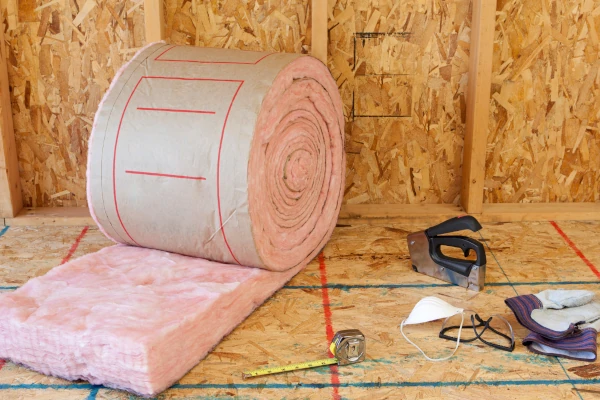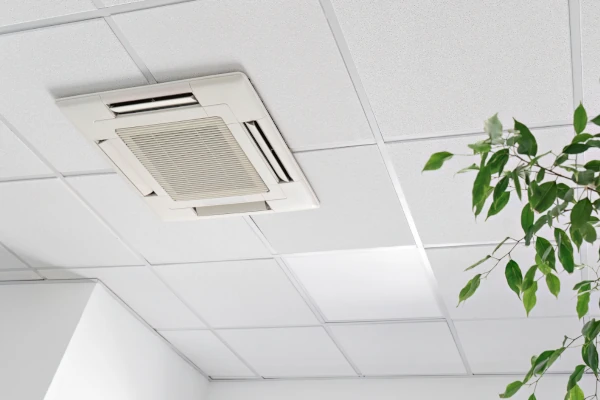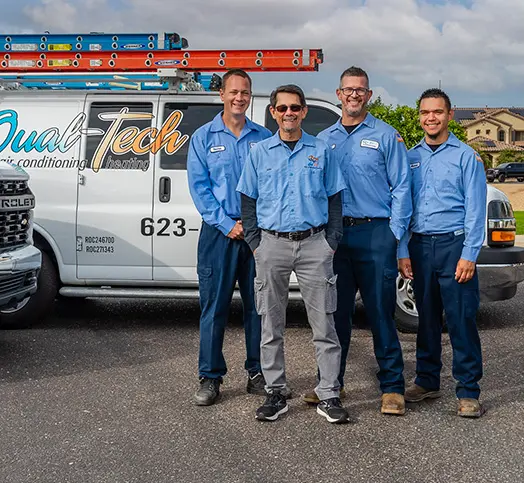ChatGPT said:
Keeping your home cool in Arizona can be expensive, with air conditioning often making up most of the energy bill. Proper insulation is one of the most effective ways to cut those costs, reducing the strain on your cooling system during extreme summer heat.
According to the EPA, homeowners can save up to 15% on heating and cooling costs through air sealing and insulation improvements. In Arizona’s Climate Zone 2, that typically means around 9% savings on cooling—enough to noticeably lower monthly energy bills.
Today we’ll consider how much you can save on electric bills with insulation and whether it’s worth the cost of upgrading your insulation
How Does Insulation Decrease Cooling Needs?
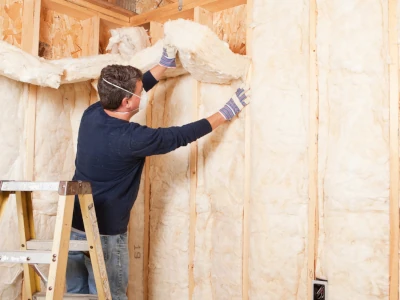 Insulation reduces cooling needs by limiting how much outdoor heat enters your home and how much conditioned air escapes. In Arizona’s intense summer climate, this makes a major difference in comfort and efficiency.
Insulation reduces cooling needs by limiting how much outdoor heat enters your home and how much conditioned air escapes. In Arizona’s intense summer climate, this makes a major difference in comfort and efficiency.
It works by:
Slowing heat transfer through attics, walls, and ceilings
Sealing small gaps and leaks that allow hot air infiltration
Keeping indoor temperatures stable, so your air conditioner runs less often
Reducing energy waste, helping systems maintain set temperatures efficiently
The result is a cooler, more comfortable home that costs less to keep that way all summer long.
How Much Can I Expect To Save With Insulation in Arizona?
In Arizona’s Climate Zone 2, insulation and air sealing can significantly reduce cooling costs. The EPA estimates:
Around 9% savings on heating and cooling costs
About 6% reduction in total annual energy use
Actual savings vary based on:
Home size – larger homes often see higher dollar savings
Construction type – older homes with minimal insulation benefit more
Existing insulation levels – homes already well-insulated may see smaller gains
Proper insulation keeps your home cooler, lowers AC runtime, and reduces monthly energy bills.
How Home Size, Type, and Age Affect Insulation Savings
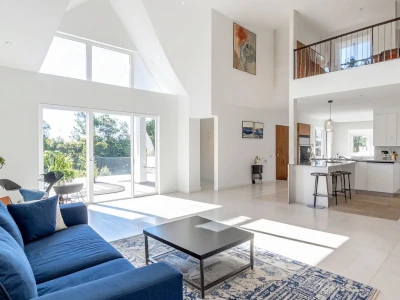 The amount you can save with insulation depends greatly on your home’s size, layout, and age. Larger homes have more surface area, meaning more opportunities for heat to enter and greater potential savings, while smaller homes have lower energy costs, so the absolute savings are smaller.
The amount you can save with insulation depends greatly on your home’s size, layout, and age. Larger homes have more surface area, meaning more opportunities for heat to enter and greater potential savings, while smaller homes have lower energy costs, so the absolute savings are smaller.
The layout also matters. Open floor plans allow air to circulate freely, which can make cooling less efficient if insulation isn’t optimized, whereas multi-story or compartmentalized homes may benefit from targeted insulation in attics, walls, and floors.
Home age is another factor. Older homes, especially those built before modern energy codes, typically have minimal insulation and more air leaks, offering the highest potential for savings. Newer homes already have better insulation, so upgrades may produce smaller but still meaningful reductions in cooling costs.
Estimating Cost Savings vs. Cost to Insulate in Arizona
Upgrading insulation in an Arizona home can reduce cooling costs, but it’s important to weigh savings against installation costs.
Estimated Costs
Attic insulation: $1.50–$3.00 per square foot, depending on material (blown-in fiberglass, cellulose, or spray foam)
Wall insulation: $2.50–$5.00 per square foot if adding or upgrading
Air sealing: $300–$800 on average for a typical home
Estimated Savings
In Climate Zone 2, homeowners can expect roughly 9% savings on cooling costs
For a 1,700 sq. ft. home with an $1,800 annual cooling bill, that’s about $160 per year
Larger homes or older homes may see $250–$400 per year
Payback Period
Typical payback is 3–7 years, shorter for older or poorly insulated homes
Savings increase when insulation is combined with air sealing and efficient AC use
Insulating your home not only lowers monthly energy bills but also improves comfort and reduces long-term AC wear.
Insulating your Arizona home can meaningfully reduce cooling costs, improve comfort, and extend the life of your air conditioning system. Average savings in Climate Zone 2 are around 9%, with higher potential in larger or older homes. For even greater efficiency, homeowners can combine insulation with air sealing, more efficient ACs, duct upgrades, thermostat settings, reflective roofing, and energy-efficient windows. Together, these improvements maximize energy savings while keeping your home cooler year-round.

